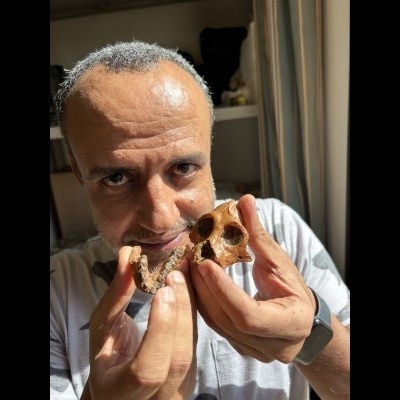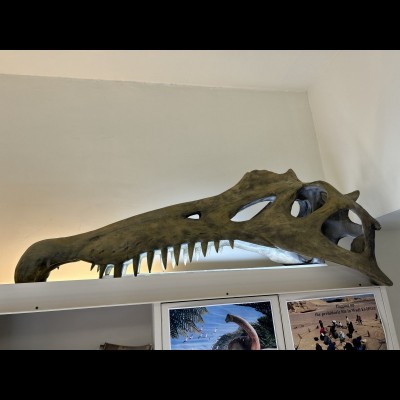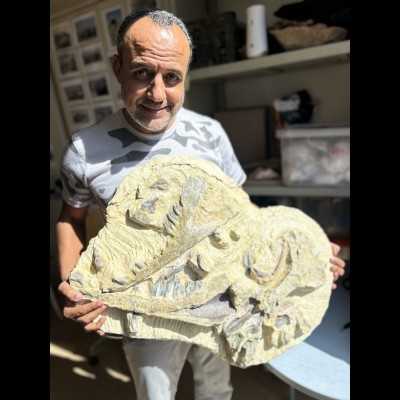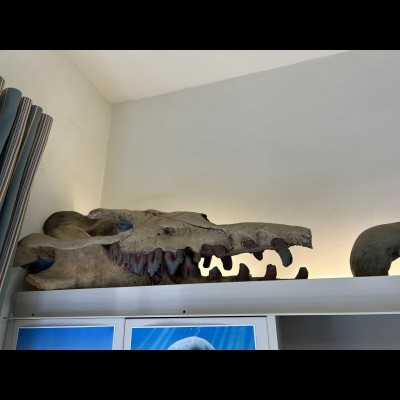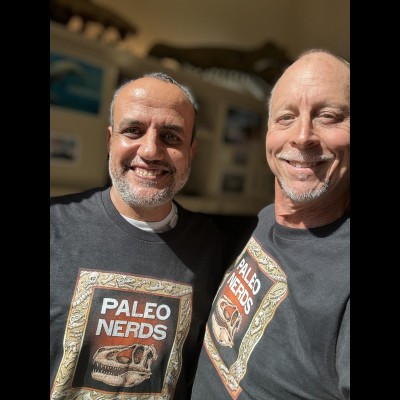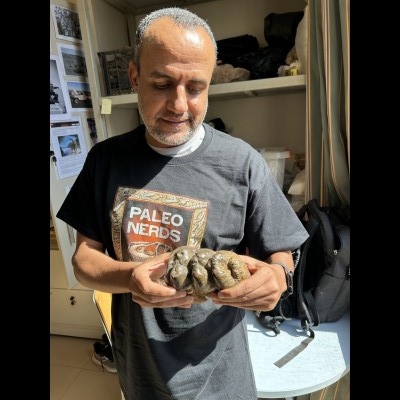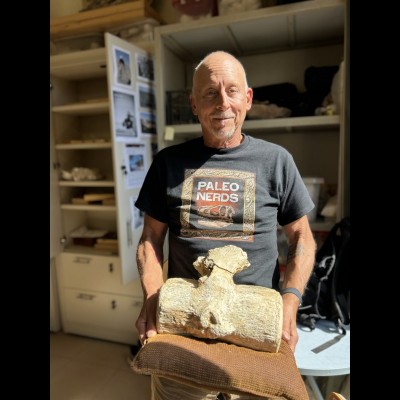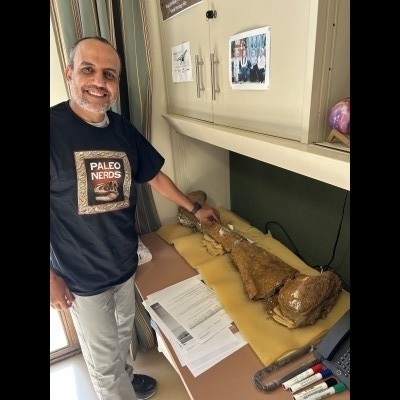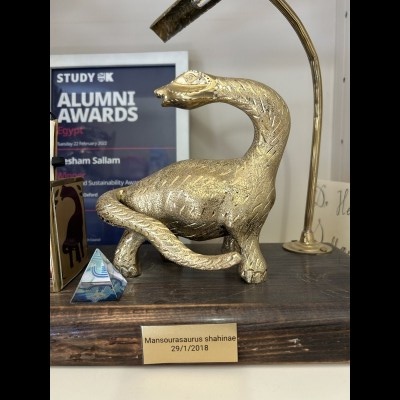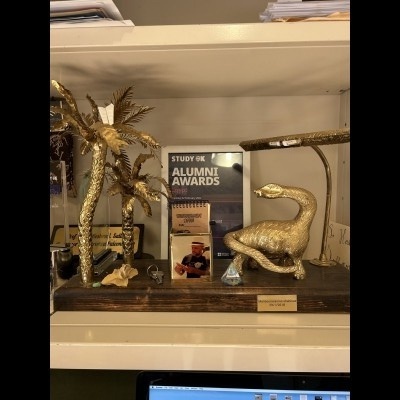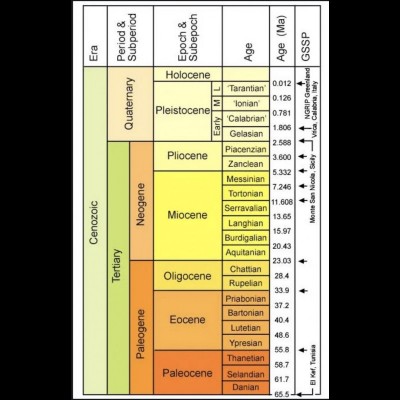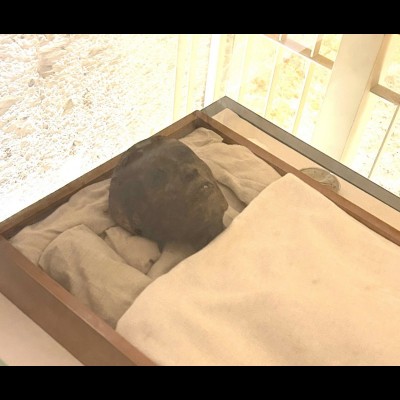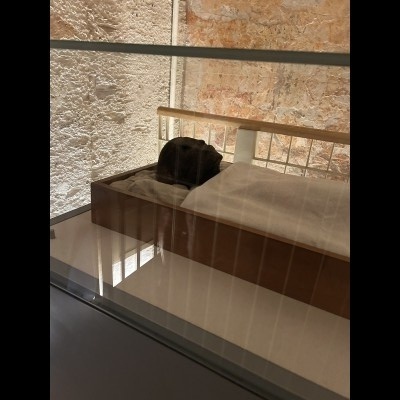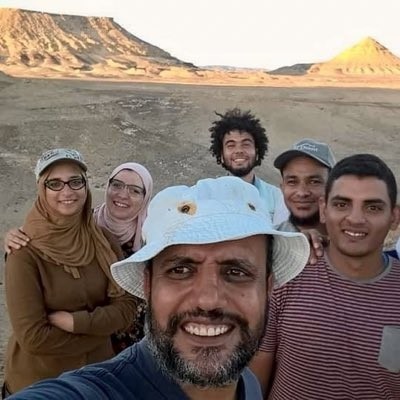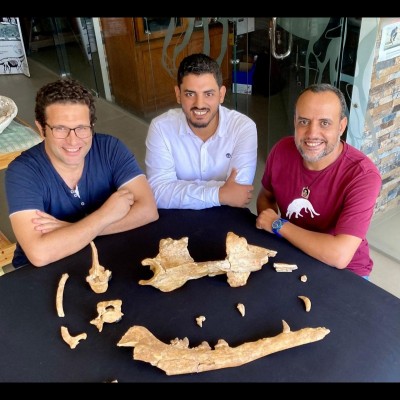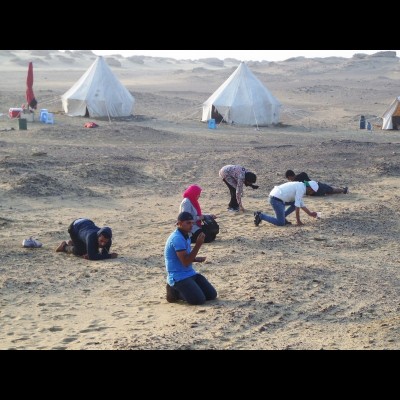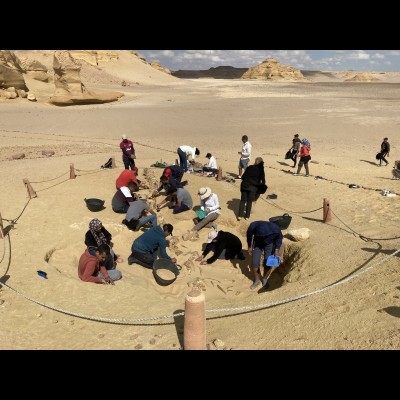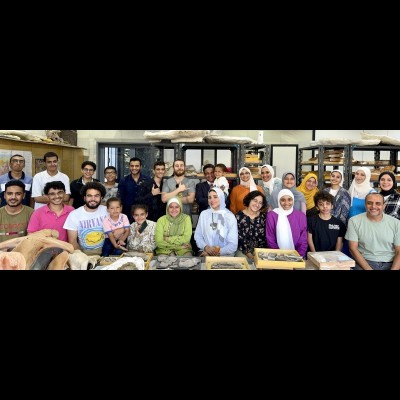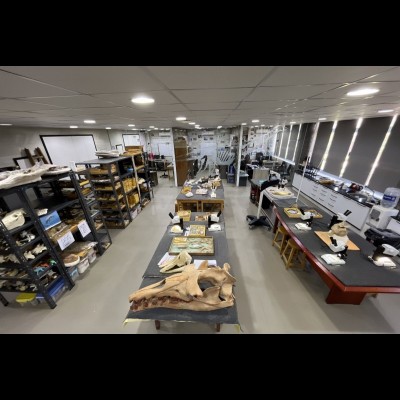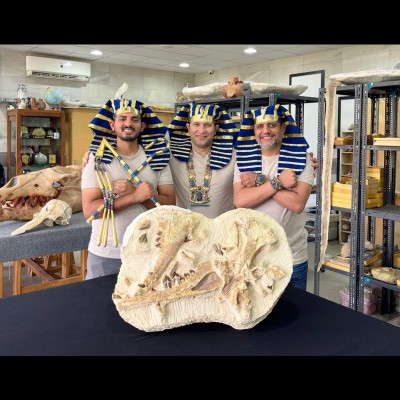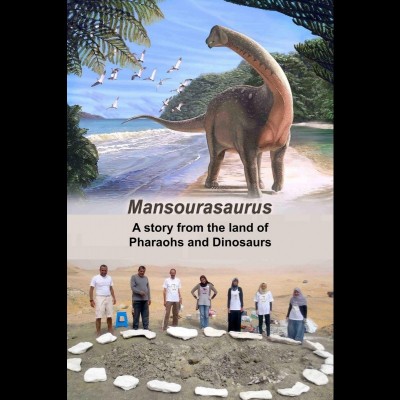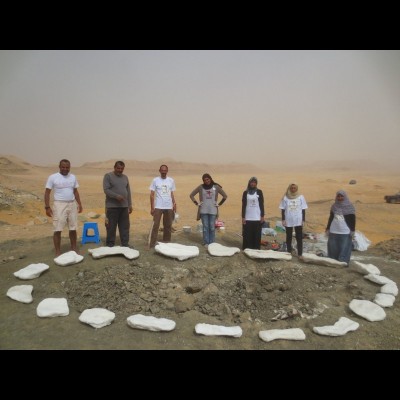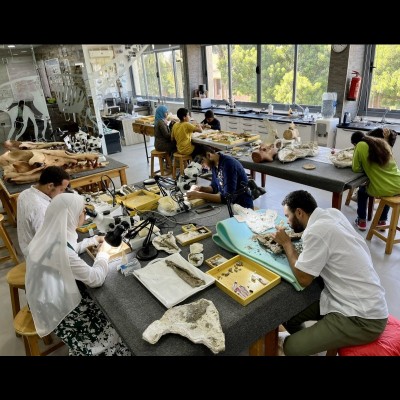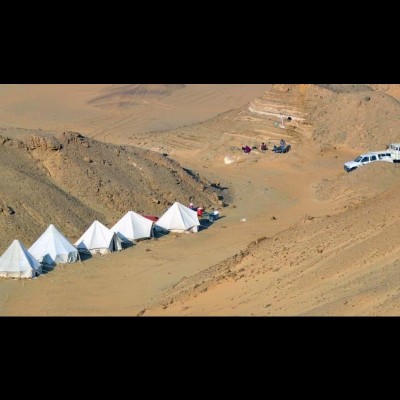11/27/2024
Ep #80 Walking Egyptian Whales from the Sahara with Dr. Hesham Sallam
Dave travels to Cairo, Egypt, for a fascinating interview with Dr. Hesham Sallam, Egypt's leading paleontologist and founder of the country's first Vertebrate Paleontology Center. As a fellow Paleo Nerd, Dr. Sallam shares insights into his groundbreaking work, his efforts to bring more women into the field, and the thrilling discoveries shaping Egypt's prehistoric story.

Ep 80 Paleo Nerds with Hesham Sallam
PRE INTERVIEW LINKS
Elephant Hall at the University of Nebraska, Lincoln
The University of Nebraska State Museum, known as Elephant Hall, houses one of the world’s largest collections of fossil elephants. Visitors can see towering skeletons of mammoths, mastodons, and gomphotheres.
A “Shovel Tusker” Elephant is not a Gomphothere, but an Amebelodont
Amebelodonts were bizarre prehistoric elephants with flattened, shovel-like tusks used to scoop plants from swamps and rivers. They’re often confused with gomphotheres but represent their own unique lineage.
Ray’s favorite Hell Pig - The Dinohyus
Dinohyus, also called Daeodon, was a massive entelodont nicknamed the “hell pig.” With bone-crushing jaws and a hulking body, it was one of the most fearsome mammals of the Miocene.
Hell pig—you wouldn’t want to meet this dude unarmed!
This entry on Daeodon highlights its terrifying adaptations: long jaws, crushing teeth, and a scavenger-predator lifestyle that made it a dominant force on ancient plains.
The Chalicothere, a Horse ancestor with claws (video)
Chalicotheres were strange relatives of horses and rhinos, walking on knuckles with long claws for pulling down branches. This video shows how unusual these Miocene browsers really were.
Ashfall Fossil Beds
Nebraska’s Ashfall Fossil Beds preserve a Miocene watering hole where rhinos, camels, and horses were entombed in volcanic ash. It’s a rare site where animals are preserved as if frozen in time.
INTERVIEW LINKS
Mansoura University Vertebrate Paleontology Center (MUVP)
Hesham Sallam founded the MUVP in Egypt, training a new generation of paleontologists. The center has produced groundbreaking discoveries of dinosaurs and fossil whales from North Africa.
Dakhla Oasis in Western Egypt
The Dakhla Oasis is a fertile region in Egypt’s Western Desert. Its rocks preserve fossils from the Late Cretaceous, making it an important paleontological site.
The Late Cretaceous Quseir Formation
The Quseir Formation in Egypt is a Late Cretaceous deposit filled with fossils of ancient reptiles, fish, and plants. It provides crucial evidence for the ecosystems that existed before the dinosaurs’ extinction.
2011 Egyptian Revolution the “Arab Spring”
The Arab Spring of 2011 transformed Egypt politically and socially. It also directly affected scientific research and institutions like MUVP during a time of upheaval.
Hesham’s student, Sara Saber and Sanaa El Sayed, who unearthed Mansourasaurus
This piece highlights the students who helped discover Mansourasaurus, a Late Cretaceous titanosaur that revealed links between African and European dinosaurs.
Wadi Al Hitan, Egypt, The Valley of the Whales
Wadi Al Hitan is a UNESCO World Heritage site where hundreds of fossil whales are preserved in the desert. These skeletons document the transition from land-dwelling to fully aquatic whales.
The Fayum Depression; Eocene and Oligocene fossils - a Paper by Hesham
The Fayum Depression is one of the richest fossil sites in Africa. Hesham Sallam’s work there has uncovered Eocene and Oligocene primates, elephants, and early whales.
Monoclines and Anticlines geological structures
Monoclines and anticlines are folds in Earth’s crust formed by tectonic forces. These structures record the immense pressures that shaped landscapes in places like Egypt’s deserts.
Nummulites are marine protozoans
Nummulites are coin-shaped fossils of single-celled organisms. These tiny creatures once built up massive limestone deposits, including those used in the Great Pyramid.
Nummulitic Limestone (It’s what the Great pyramid is made of)
Blocks of the Great Pyramid of Giza were carved from nummulitic limestone, packed with fossils of these ancient protozoans. The pyramids are literally built on geology’s deep past.
Philip Gingerich on the origin of and early evolution of whales
Philip Gingerich’s research traces the origin of whales, showing how four-legged land mammals gradually adapted to life in the sea over millions of years.
Tutcetus the boy king walking whale, (He died young…)
Tutcetus is one of the geologically oldest—and very small-bodied—basilosaurids; the holotype died young. Nicknamed the “boy king,” it provides insights into early whale evolution in Africa.
Phiomicetus, one of the early 4 legged walking whales
Phiomicetus is an early protocetid whale from Egypt that still had four legs. Its fossils show the intermediate stage between land mammals and fully aquatic whales.
MUSIC
Solar Sway by Don Kenoyer from the album Cloud Chamber
Sound Waves by the Ratfish Wranglers
Whorl Tooth Sharks of Idaho by Three Trails West
